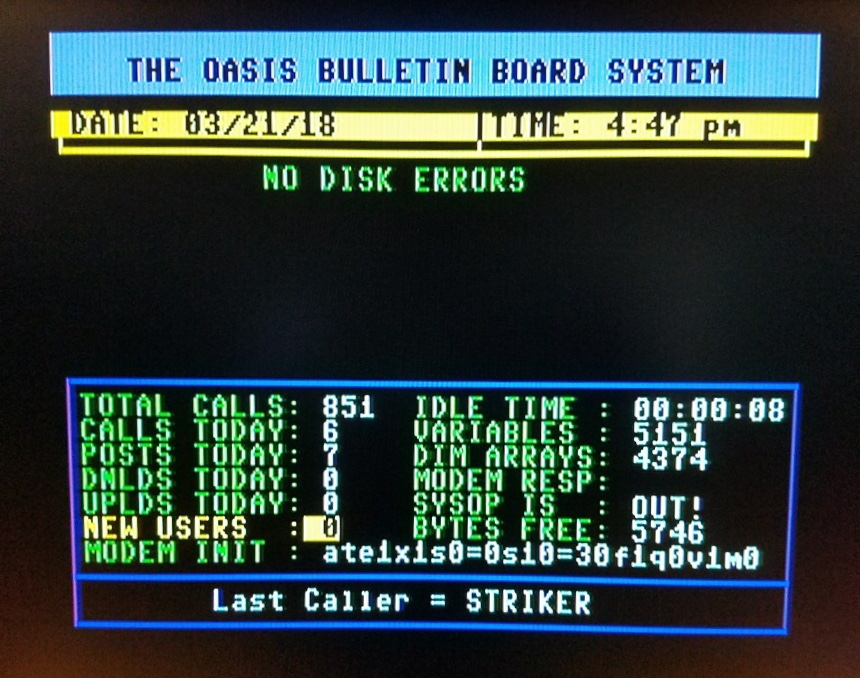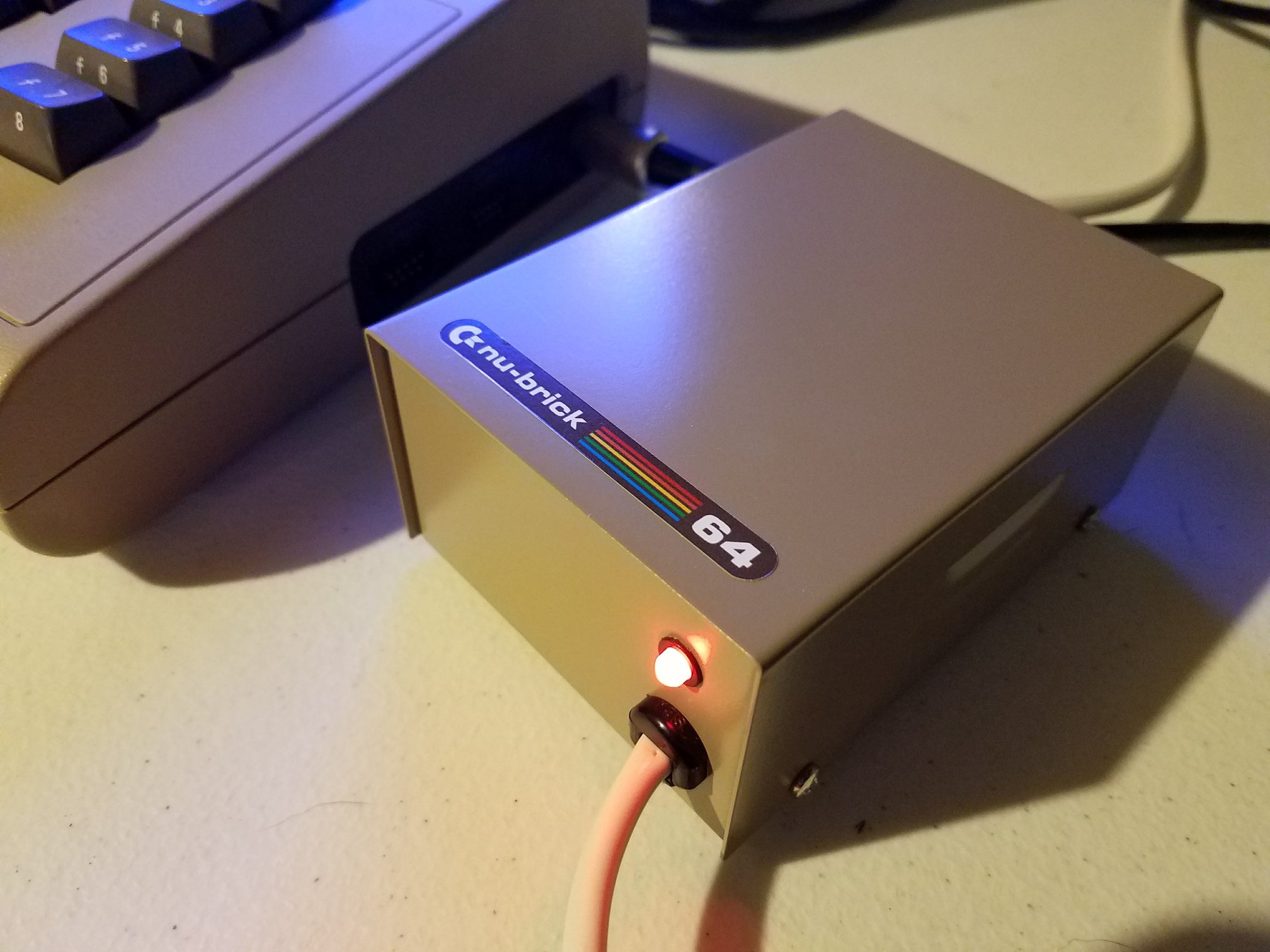The late ’80s were a transformative time for video games, and Test Drive—developed by Distinctive Software and published in 1987—was a title that shaped how players experienced driving simulations. Its core concept was simple yet compelling: let players experience the thrill of driving luxury sports cars on scenic mountain roads. From the Porsche 911 Turbo to the Lamborghini Countach, Test Drive lets players live out automotive dreams in a time when such experiences were rare.
For its time, Test Drive was ambitious. It boasted detailed car profiles, unique dashboards for each vehicle, and mechanics that leaned toward simulation. The manual gearbox, the need to manage acceleration and braking, and even the presence of traffic police elevated it from arcade-style racers to something more immersive. These features catered to car enthusiasts and gamers alike, making it a unique blend of entertainment and realism.
However, its reception wasn’t universally glowing. While Test Drive sold over 400,000 copies and laid the groundwork for its sequels, critics pointed out its limitations. The game’s stages lacked variety, with repetitive scenery and minimal challenges beyond beating the clock. Reviews from magazines like Commodore User and The Games Machine reflected mixed feelings—acknowledging its innovation while critiquing its lack of depth.
The success of Test Drive inevitably led to sequels, each refining the formula. Test Drive II: The Duel introduced head-to-head racing and additional locations. Data disks allowed players to expand their car selections, addressing one of the original’s shortcomings. Yet, the series’ history wasn’t without turbulence. Legal disputes between Distinctive Software and Accolade over source code led to changes in development, with Accolade taking the reins for subsequent entries.
By the mid-’90s, the Test Drive series saw a revival on the PlayStation. Developed by Pitbull Syndicate, Test Drive 4 and its successors modernized the franchise, taking advantage of the hardware’s capabilities. The series evolved further with Test Drive Unlimited in 2006, an open-world racer that let players explore over 1,000 kilometers of Hawaiian roads. This iteration brought the series to a new generation, with its blend of freedom, exploration, and competition resonating with fans.
Returning to the original Test Drive in 2025 is a reminder of how far racing games have come. While the controls remain surprisingly responsive, and the attention to detail in car design is still impressive, the game’s limitations stand out. Repetitive environments and the lack of substantial objectives make it a brief experience by modern standards. Yet, there’s a charm to its simplicity—a nostalgic window into the early days of driving sims.
For players who experienced Test Drive at its peak, the game likely holds sentimental value. For younger gamers, it serves as a fascinating look at the roots of modern franchises like Gran Turismo and Need for Speed.
Though its gameplay may not hold up to today’s standards, Test Drive undeniably paved the way for the racing genre. It demonstrated that video games could be more than just reflex-based entertainment—they could also serve as virtual escapism, bringing dreams of luxury and speed to life.
With last year’s Test Drive Unlimited: Solar Crown, the series continues to evolve. Whether it remains a staple of the genre or fades into history, Test Drive has left an indelible mark on gaming.







